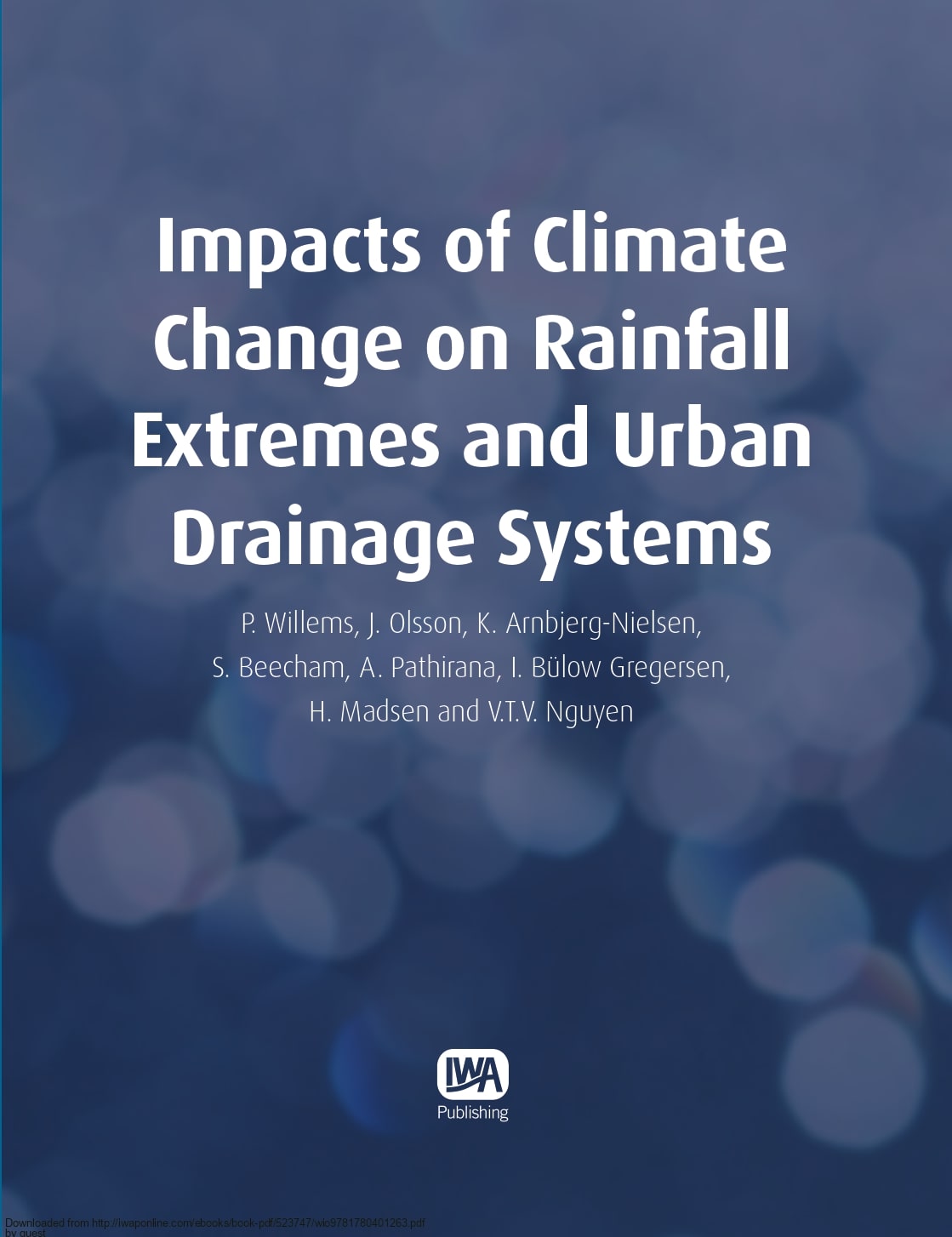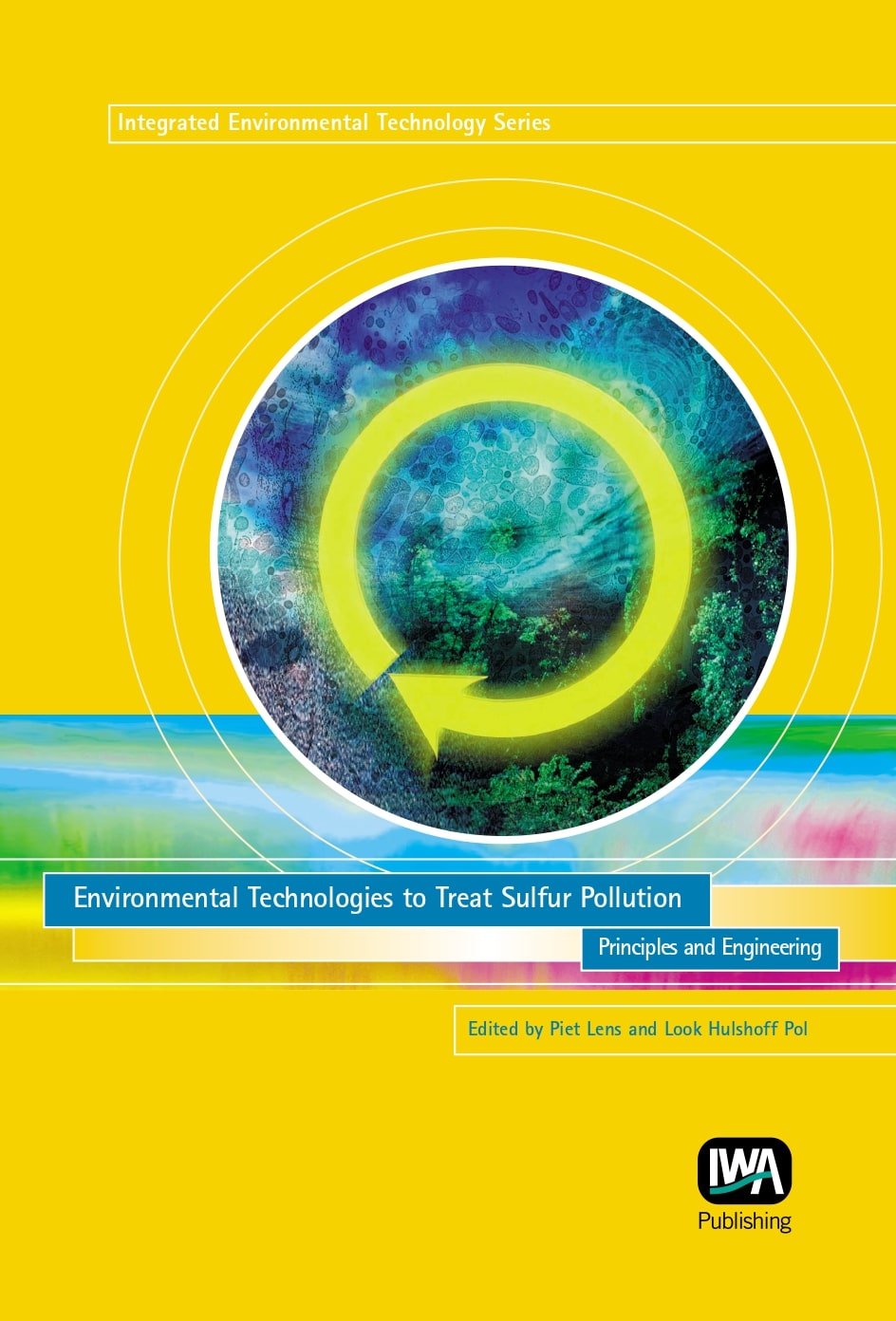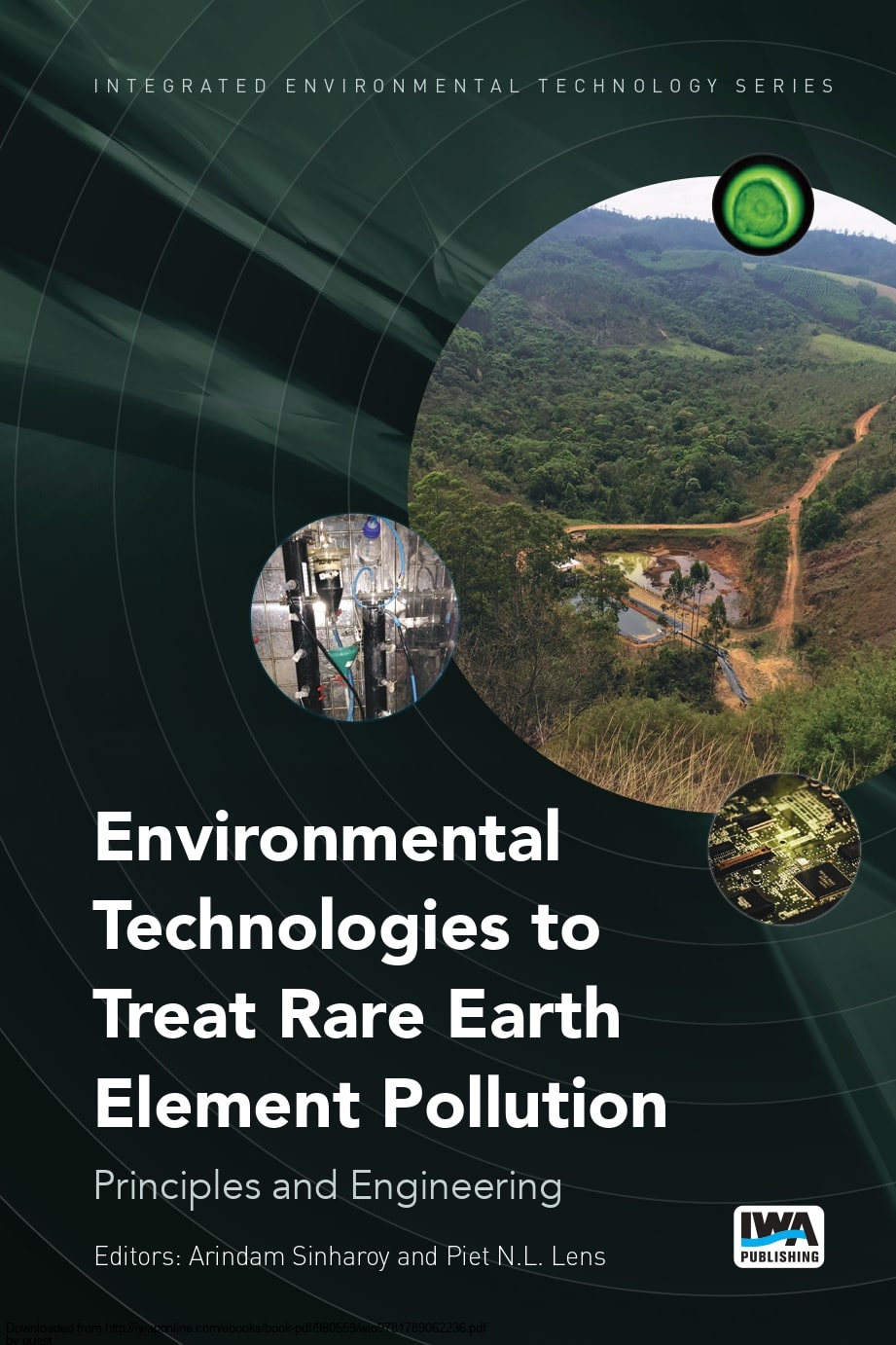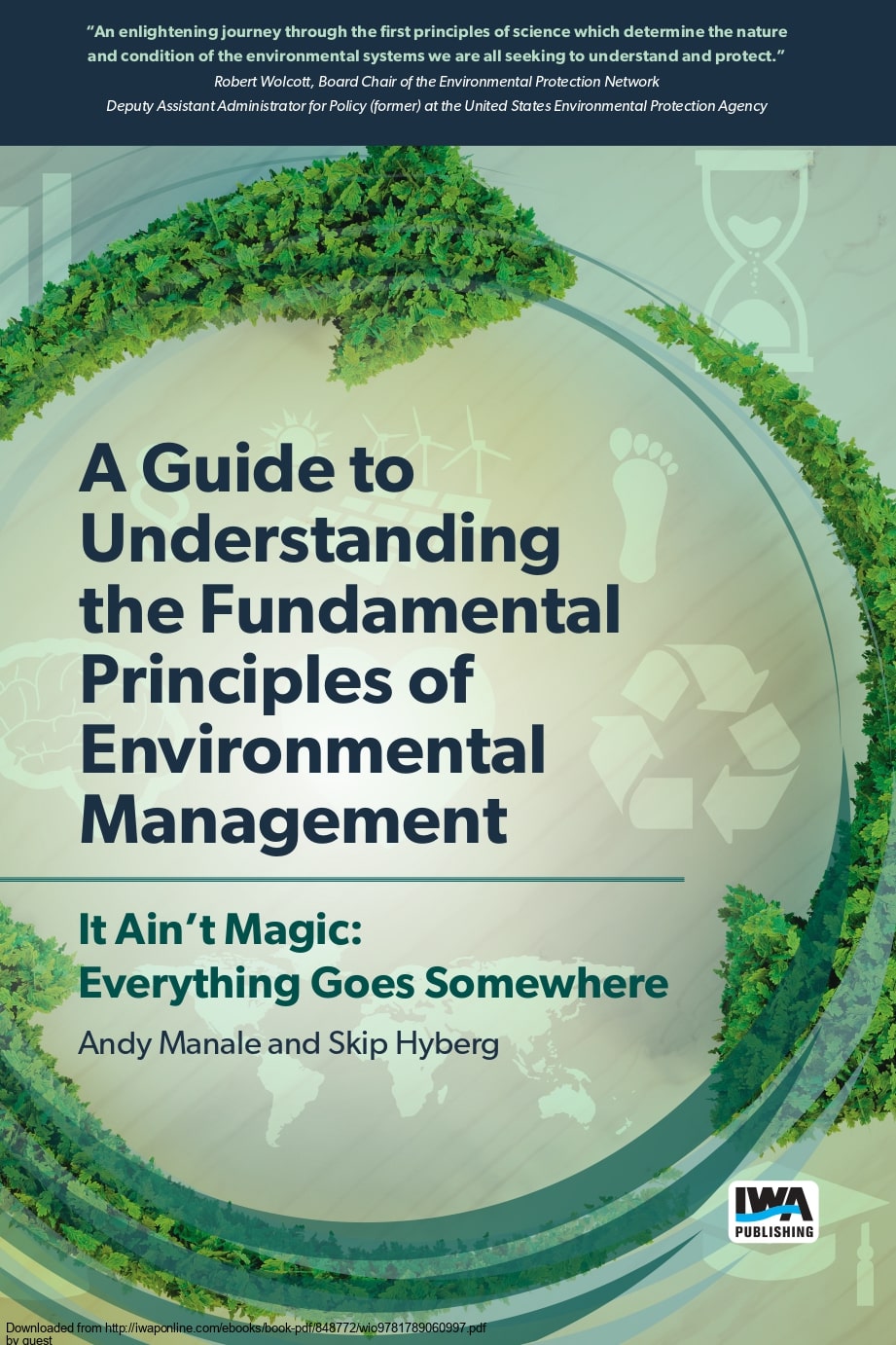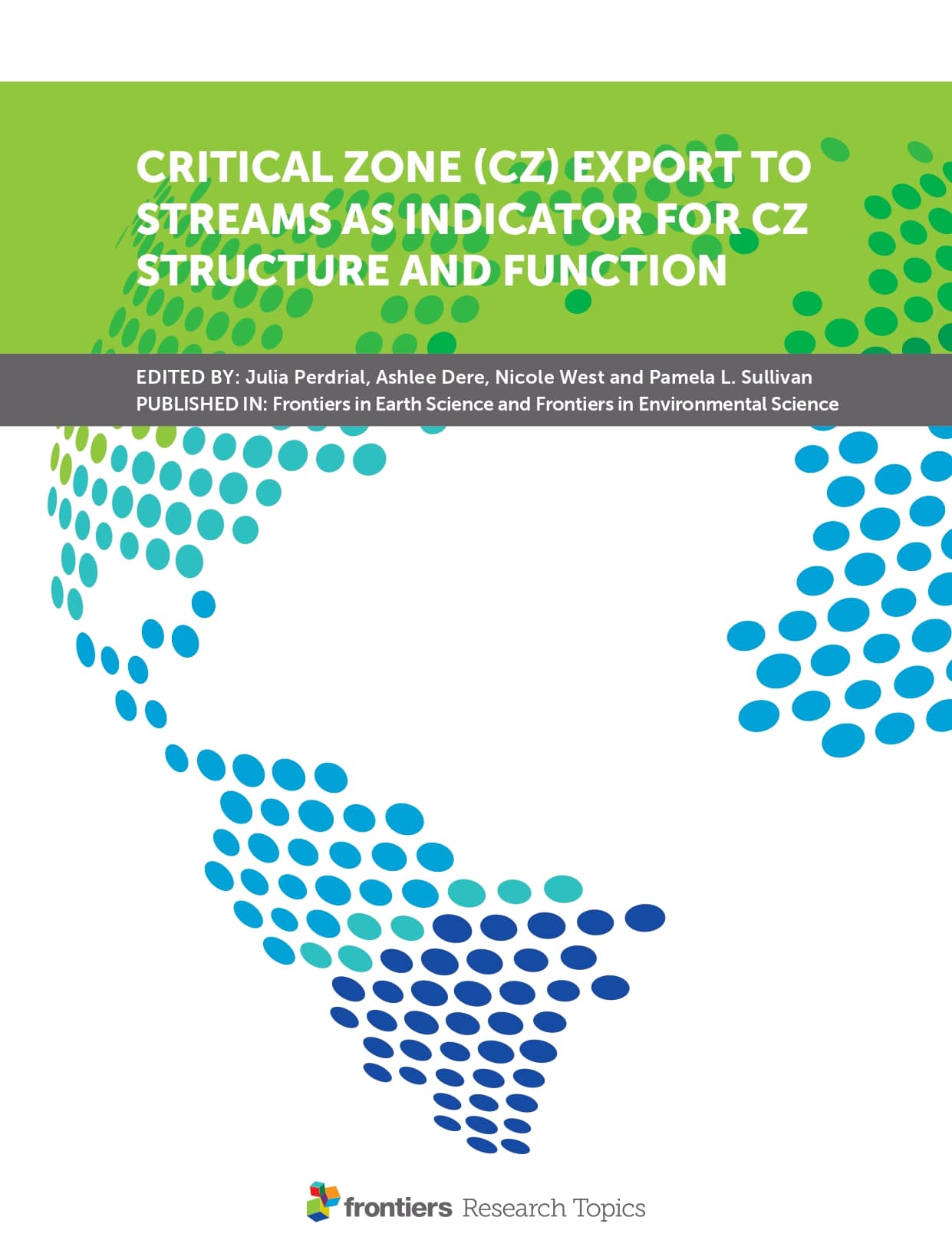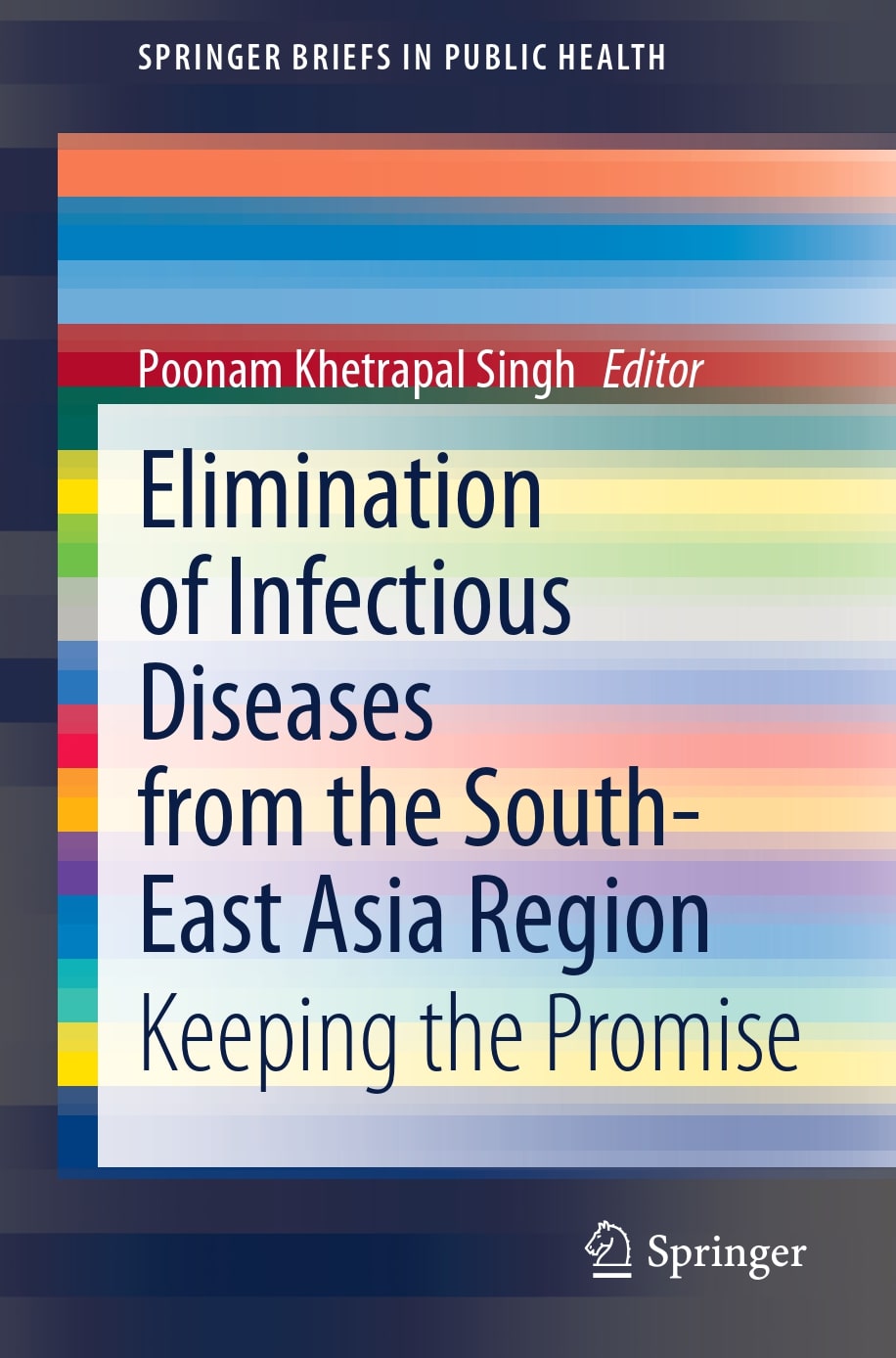Quantification and Modelling of Fugitive Greenhouse Gas Emissions from Urban Water Systems
This book aims to change that. It is an optimistic report hoping to inspire the water community to take the lead in resolving and addressing these emissions themselves. It will provide modelers, process engineers, and water treatment practitioners with the tools and approaches to address the climate risk of GHG emissions. It also provides a science-based framework for regulators wanting to control such emissions. This book could not be more timely with respect to the climate crisis and the urgency for taking climate action. Now it’s up to the water industry to put it to use and help make its mark on better protecting the planet.
Quantification and Modelling of Fugitive Greenhouse Gas Emissions from Urban Water Systems
This book aims to change that. It is an optimistic report hoping to inspire the water community to take the lead in resolving and addressing these emissions themselves. It will provide modelers, process engineers, and water treatment practitioners with the tools and approaches to address the climate risk of GHG emissions. It also provides a science-based framework for regulators wanting to control such emissions. This book could not be more timely with respect to the climate crisis and the urgency for taking climate action. Now it’s up to the water industry to put it to use and help make its mark on better protecting the planet.
Impacts of Climate Change on Rainfall Extremes and Urban Drainage Systems
This book provides a state-of-the-art review of existing methodologies and results that are relevant to the assessment of climate change impacts on urban rainfall extremes as well as on urban hydrology and hydraulics. In particular, this overview focuses on the limitations and pitfalls of current methods, which are important for every user of results from urban impact studies. Further, the various issues and challenges facing the research community in dealing with the assessment and adaptation of climate change impacts for urban drainage infrastructure design and management are discussed.
Impacts of Climate Change on Rainfall Extremes and Urban Drainage Systems
This book provides a state-of-the-art review of existing methodologies and results that are relevant to the assessment of climate change impacts on urban rainfall extremes as well as on urban hydrology and hydraulics. In particular, this overview focuses on the limitations and pitfalls of current methods, which are important for every user of results from urban impact studies. Further, the various issues and challenges facing the research community in dealing with the assessment and adaptation of climate change impacts for urban drainage infrastructure design and management are discussed.
Corrosion and Protection of Metals
During the last few decades, an enormous effort has been made to understand corrosion phenomena and their mechanisms, and to elucidate the causes that dramatically influence the service lifetime of metal materials. The performance of metal materials in aggressive environments is critical for
a sustainable society. The failure of the material in service impacts the economy, the environment, health, and society.
Corrosion and Protection of Metals
During the last few decades, an enormous effort has been made to understand corrosion phenomena and their mechanisms, and to elucidate the causes that dramatically influence the service lifetime of metal materials. The performance of metal materials in aggressive environments is critical for
a sustainable society. The failure of the material in service impacts the economy, the environment, health, and society.
Environmental Technologies to Treat Sulfur Pollution
The chapters of these sections present the chemistry, microbiology and process technology of various treatment options. Special attention is given to novel biotechnological processes. Some of these technologies allow a complete removal of sulfur from waste streams by its conversion into insoluble elemental sulfur. Thus, sulfur can be reused, which fits well in the concept of sustainable environmental protection, which is based on remediation techniques focusing on resource recovery.
Environmental Technologies to Treat Sulfur Pollution
The chapters of these sections present the chemistry, microbiology and process technology of various treatment options. Special attention is given to novel biotechnological processes. Some of these technologies allow a complete removal of sulfur from waste streams by its conversion into insoluble elemental sulfur. Thus, sulfur can be reused, which fits well in the concept of sustainable environmental protection, which is based on remediation techniques focusing on resource recovery.
Environmental Technologies to Treat Rare Earth Elements Pollution Principles and Engineering
Rare earth elements (REE) are a group of seventeen elements having comparable chemical properties and tend to occur within the same mineral ore deposits. REE have applications in various modern technologies ranging from semiconductors to mobile phones, magnets, televisions and even satellites. Many countries have categorized REE as critical raw materials due to their strategic importance in economies and high-risks associated with their supply chain. Developing more sustainable practices for efficient recycling of end[1]of-use products containing REE is an important approach to ensure a safe supply of REE. To achieve this, a lot of research activities – including many novel REE extraction and recovery technologies - have been developed in the past decade.
Environmental Technologies to Treat Rare Earth Elements Pollution Principles and Engineering
Rare earth elements (REE) are a group of seventeen elements having comparable chemical properties and tend to occur within the same mineral ore deposits. REE have applications in various modern technologies ranging from semiconductors to mobile phones, magnets, televisions and even satellites. Many countries have categorized REE as critical raw materials due to their strategic importance in economies and high-risks associated with their supply chain. Developing more sustainable practices for efficient recycling of end[1]of-use products containing REE is an important approach to ensure a safe supply of REE. To achieve this, a lot of research activities – including many novel REE extraction and recovery technologies - have been developed in the past decade.
A Guide to Understanding the Fundamental Principles of Environmental Management
The book draws upon case studies (“stories”) derived primarily from temperate ecosystems in and around agricultural systems and the modified, i.e., humanaltered environment. The examples apply broadly not just to the United States but also to other parts of the world with developed agroecosystems. Experiments engage the reader in observational exercises that use their personal experience to reinforce and extend their understanding of the basic principles.
A Guide to Understanding the Fundamental Principles of Environmental Management
The book draws upon case studies (“stories”) derived primarily from temperate ecosystems in and around agricultural systems and the modified, i.e., humanaltered environment. The examples apply broadly not just to the United States but also to other parts of the world with developed agroecosystems. Experiments engage the reader in observational exercises that use their personal experience to reinforce and extend their understanding of the basic principles.
Green Technologies
Green technologies can be identified as key components in Industry 4.0. The scope of this book is to address how conventional green technologies can be a part of smart industries by minimizing waste, maximizing productivity, optimizing the supply chain, or by additive manufacturing. This theme focuses on the scope and challenges of integrating current environmental technologies in future industries. This book, “Green Technologies: Bridging Conventional Practices and Industry 4.0”, aims to incorporate and introduce the advances in green technologies to the cyber-based industries. It is hoped that the novel green technologies presented in this book are useful in assisting the global community in working towards fulfilling the Sustainable Development Goals.
Green Technologies
Green technologies can be identified as key components in Industry 4.0. The scope of this book is to address how conventional green technologies can be a part of smart industries by minimizing waste, maximizing productivity, optimizing the supply chain, or by additive manufacturing. This theme focuses on the scope and challenges of integrating current environmental technologies in future industries. This book, “Green Technologies: Bridging Conventional Practices and Industry 4.0”, aims to incorporate and introduce the advances in green technologies to the cyber-based industries. It is hoped that the novel green technologies presented in this book are useful in assisting the global community in working towards fulfilling the Sustainable Development Goals.
Critical Zone (CZ) Export to Streams as Indicator for CZ Structure and Function
The goal of this Research Topic on streams as indicators for CZ structure and function is to explore linkages between biotic and abiotic weathering, soil biogeochemical processes, chemical and physical denudation and hydrology within the CZ. The CZ spans from the top of the vegetative canopy to the actively cycled groundwater providing life sustaining ecosystem services. However, rapid population growth and global climate change during the Anthropocene poses challenges to the Earth’s CZ which is pushed to balance increased demand (e.g. crop yield) while maintaining the CZ’s natural structure and other important ecosystem functions. Streams represent an integrator of many processes within the CZ and can thus carry the first signals of changing CZ health. As an important component of the CZ system, streams provide important information on hydrological, biogeochemical, and denudation fluxes, allowing a glimpse into the past, present and potential future of CZ function. The foci of recent stream water investigations include the role of catchment processes, riparian zone dynamics, hyporheic zone contributions and instream cycling to investigate nutrient dynamics, weathering and denudation, and hydrological partitioning. We now would like to expand this view conceptually to include the CZ.
Critical Zone (CZ) Export to Streams as Indicator for CZ Structure and Function
The goal of this Research Topic on streams as indicators for CZ structure and function is to explore linkages between biotic and abiotic weathering, soil biogeochemical processes, chemical and physical denudation and hydrology within the CZ. The CZ spans from the top of the vegetative canopy to the actively cycled groundwater providing life sustaining ecosystem services. However, rapid population growth and global climate change during the Anthropocene poses challenges to the Earth’s CZ which is pushed to balance increased demand (e.g. crop yield) while maintaining the CZ’s natural structure and other important ecosystem functions. Streams represent an integrator of many processes within the CZ and can thus carry the first signals of changing CZ health. As an important component of the CZ system, streams provide important information on hydrological, biogeochemical, and denudation fluxes, allowing a glimpse into the past, present and potential future of CZ function. The foci of recent stream water investigations include the role of catchment processes, riparian zone dynamics, hyporheic zone contributions and instream cycling to investigate nutrient dynamics, weathering and denudation, and hydrological partitioning. We now would like to expand this view conceptually to include the CZ.
Elimination of Infectious Diseases from the South-East Asia Region
This book discusses the historical context, country experience, and best practices that led to eliminating infectious diseases from the WHO’s South-East Asia Region, such as malaria, lymphatic filariasis, yaws, trachoma, and mother-to-child HIV in the mid-twentieth and twenty-first century. The UN Sustainable Development Goals (3.3) targets to end AIDS, tuberculosis, malaria, and neglected tropical diseases and combat hepatitis, water-borne diseases and other communicable diseases by 2030. In this context, this book is of high significance to countries from the SEA region and around the globe. It helps create national strategies and action plans on infectious disease elimination and thus attaining SDG 3.3. This is an open access book.
Elimination of Infectious Diseases from the South-East Asia Region
This book discusses the historical context, country experience, and best practices that led to eliminating infectious diseases from the WHO’s South-East Asia Region, such as malaria, lymphatic filariasis, yaws, trachoma, and mother-to-child HIV in the mid-twentieth and twenty-first century. The UN Sustainable Development Goals (3.3) targets to end AIDS, tuberculosis, malaria, and neglected tropical diseases and combat hepatitis, water-borne diseases and other communicable diseases by 2030. In this context, this book is of high significance to countries from the SEA region and around the globe. It helps create national strategies and action plans on infectious disease elimination and thus attaining SDG 3.3. This is an open access book.



